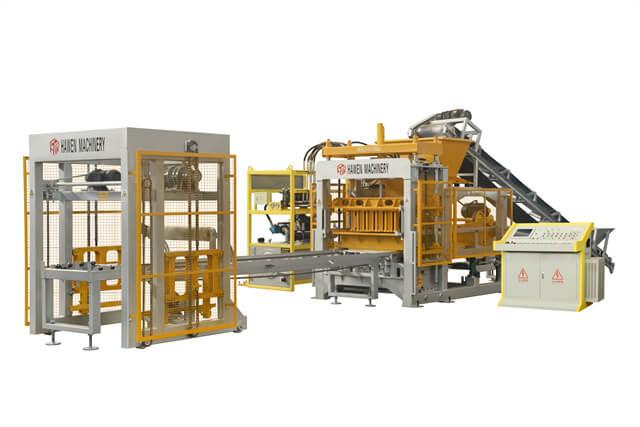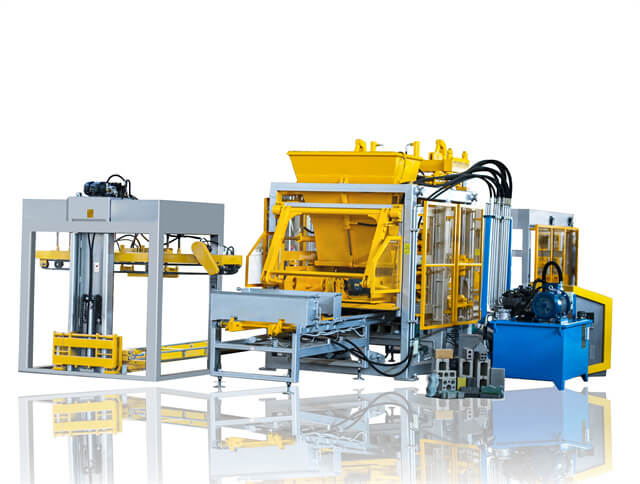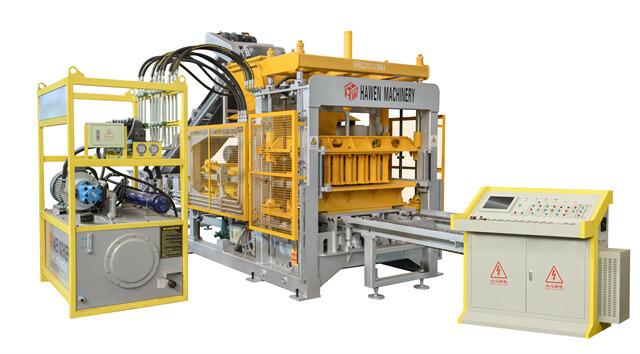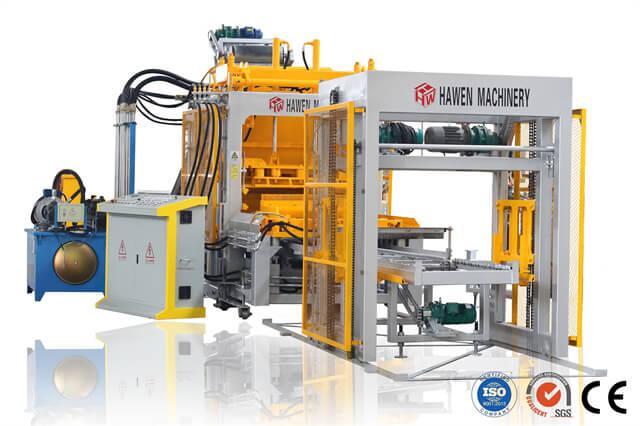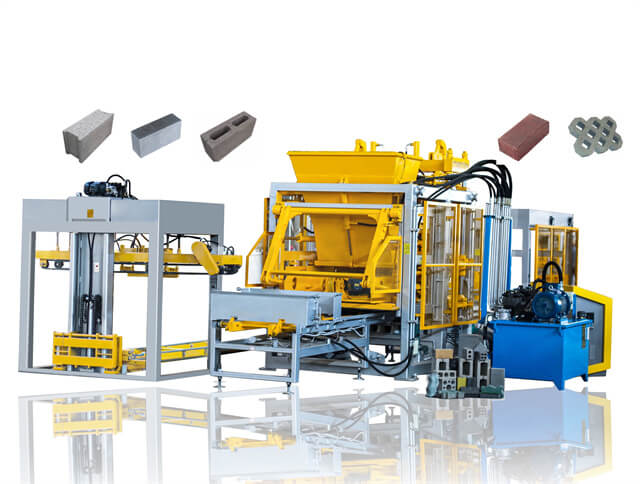Author:HAWEN Block MachineFROM:Brick Production Machine Manufacturer TIME:2024-09-19
In the brick-making industry, the curing process is essential for ensuring the strength, durability, and overall quality of the bricks produced. Curing involves controlled moisture and temperature conditions that help the bricks develop their desired properties and achieve their final form. Proper curing not only enhances the performance of the bricks but also ensures they meet industry standards and customer expectations. This article provides a comprehensive guide on how to effectively cure bricks produced by a brick-making plant, detailing the key methods and considerations involved in the process.
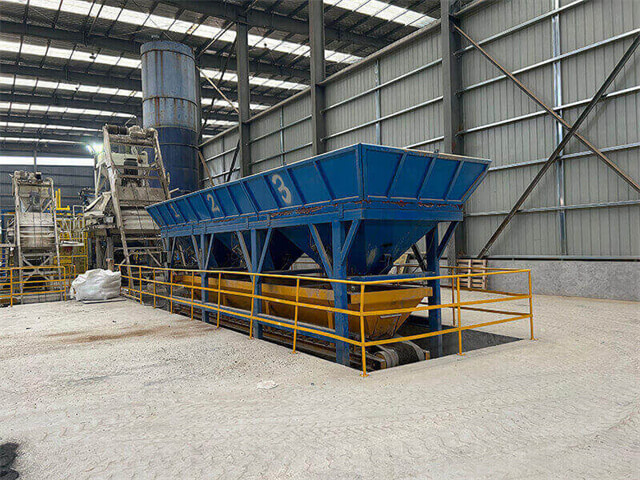
Curing is a critical step in brick production that follows the shaping and drying phases. It involves maintaining optimal moisture levels and temperature conditions to allow the chemical reactions within the bricks to proceed correctly. This process helps in achieving the necessary hardness and durability of the bricks, which are crucial for their performance in construction applications. Without proper curing, bricks may exhibit issues such as reduced strength, increased porosity, or susceptibility to environmental damage.
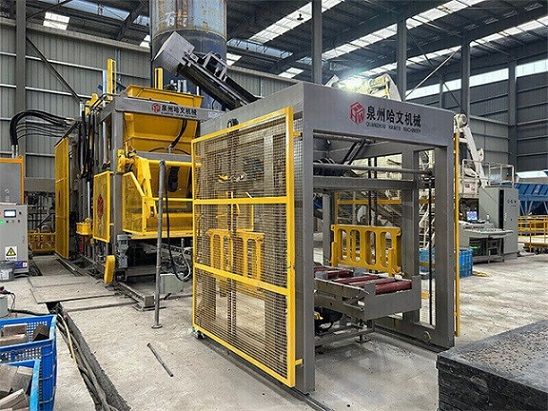
There are several curing methods used in brick production, each with its advantages and suitability depending on the type of bricks and production scale. The main curing methods include:
1. Water Curing: This is one of the most traditional methods, where bricks are kept moist by regular watering. Water curing helps in maintaining the required moisture levels and promotes the hydration of cementitious materials in the bricks. It is effective in enhancing the compressive strength and overall quality of the bricks.
2. Steam Curing: Steam curing involves exposing the bricks to steam in a controlled environment. This method accelerates the curing process by providing both heat and moisture, leading to faster strength development. Steam curing is commonly used in modern brick-making plants where time efficiency is a critical factor.
3. Chemical Curing: Chemical curing involves the application of curing compounds or additives that retain moisture and enhance the curing process. These compounds create a film on the brick surface, which reduces moisture loss and ensures uniform curing. This method is particularly useful for large-scale production and in environments where maintaining consistent moisture levels is challenging.
To ensure the bricks are cured effectively, it is essential to follow a systematic approach. The key steps in the curing process include:
1. Pre-Curing Preparation: Before curing begins, ensure that the bricks are adequately dried and free from excess moisture. Proper pre-curing preparation helps in preventing issues such as efflorescence and ensures even curing.
2. Curing Environment Control: Maintain a controlled environment for curing by regulating temperature and humidity levels. For water and steam curing methods, this involves setting up curing chambers or maintaining consistent watering schedules. For chemical curing, apply the curing compounds evenly and monitor their effectiveness.
3. Curing Duration: The duration of the curing process depends on the type of bricks and curing method used. Typically, bricks are cured for a minimum of 7 to 14 days to achieve optimal strength and durability. However, certain methods like steam curing can reduce this duration significantly.
4. Post-Curing Inspection: After curing, inspect the bricks for any signs of defects or irregularities. Ensure that the bricks have achieved the desired strength and quality before proceeding to their final use or distribution. Post-curing inspection helps in identifying any issues early and ensures that only high-quality bricks are delivered to customers.
During the curing process, various challenges may arise that can impact the quality of the bricks. Common challenges include:
1. Inconsistent Moisture Levels: Fluctuations in moisture levels can lead to uneven curing and affect the strength of the bricks. To address this, implement precise control measures for water or steam application and regularly monitor moisture levels throughout the curing period.
2. Temperature Variations: Extreme temperature variations can disrupt the curing process and lead to defects in the bricks. Use insulated curing chambers or adjust curing parameters to maintain a stable temperature environment.
3. Limited Space: In some brick-making plants, space constraints may limit the ability to implement certain curing methods. In such cases, consider using portable curing equipment or optimizing existing space to accommodate curing requirements.
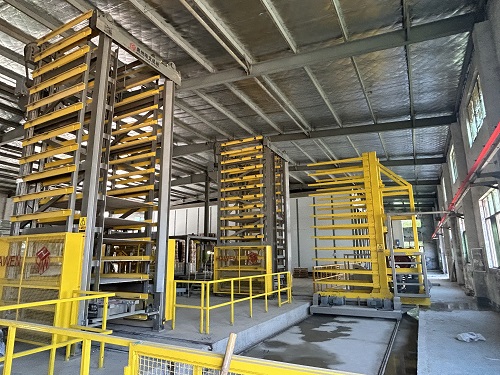
Effective curing is crucial for producing high-quality bricks that meet industry standards and perform well in construction applications. By understanding the different curing methods, following systematic curing steps, and addressing potential challenges, brick-making plants can ensure their products achieve the desired strength and durability. Whether using traditional water curing, advanced steam curing, or innovative chemical curing techniques, attention to detail and consistent monitoring are key to successful brick curing. By prioritizing these practices, brick manufacturers can deliver reliable and high-performance bricks to the market.
